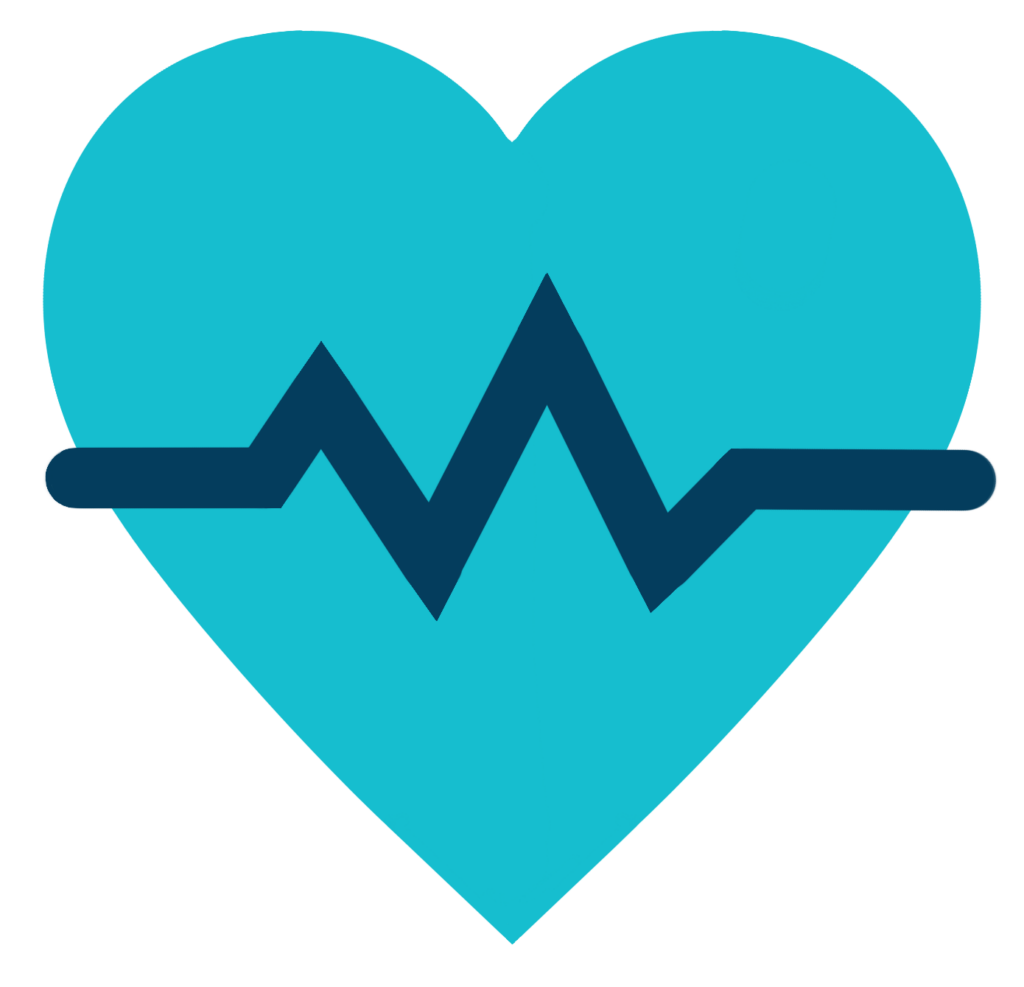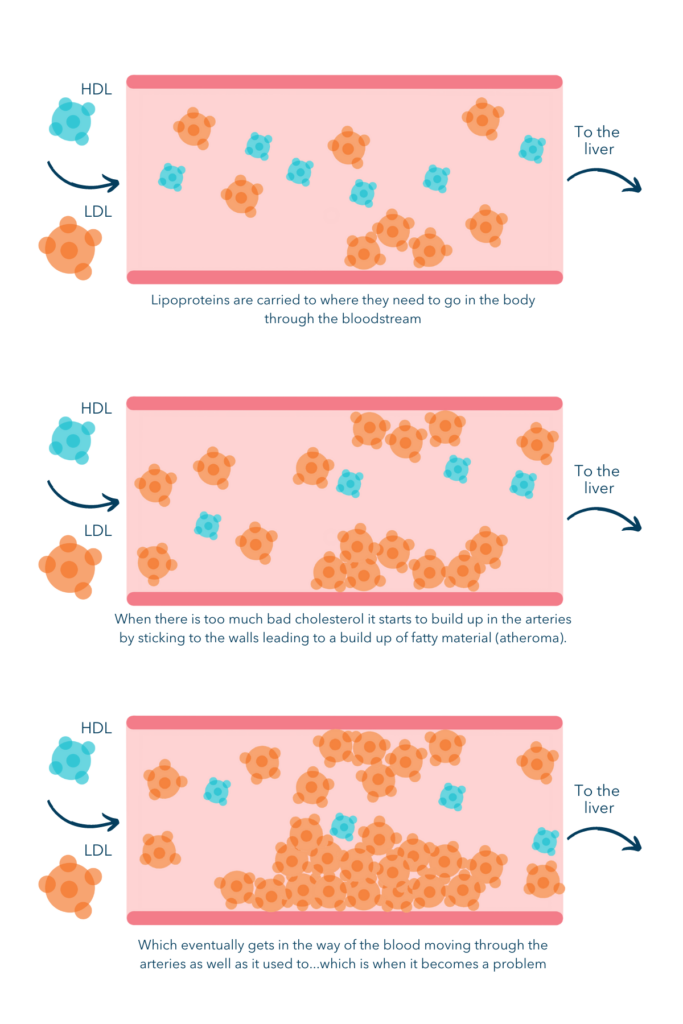
It is estimated that more than half of the people in the UK will get a heart or circulatory condition in their lifetime.
7.6 million people in the UK are currently living with a heart or circulatory disease.
Heart and circulatory diseases cause around a quarter of all deaths in the UK.
If we are not looking after ourselves we are leaving ourselves open to heart and cardiovascular disease.

Blood pressure is the pressure of blood in your arteries, you need a certain level of pressure in order to push the blood around the body. Throughout the day, depending on what you are doing, your blood pressure will go up and down.
Systolic blood pressure– this is the top number. This is the measure of your blood pressure as your heart beats, forcing the blood around the body.
Diastolic blood pressure– this is the bottom number. The is the blood pressure as the heart relaxes.
Blood pressure is measured in millimetres of mercury (mmHg). If the first number is 120 and the second number is 80, this would be written as 120/80mmHg, and you’d call it ‘120 over 80’.
However, when your blood pressure is consistently high, you are putting yourself at risk.
High blood pressure (hypertension) means your heart is having to work harder to pump the blood around your body, which over time can put strain on the heart and the blood vessels which can lead to heart and circulatory diseases.
Diabetes is a lifelong condition that causes a person’s blood sugar level to become too high.
There are 2 main types of diabetes:
Type 1– where the body’s immune system attacks and destroys cells that produce insulin.
Type 2– where the body does not produce enough insulin, or the body’s cells
Type 2 diabetes is more common than type 1.
There is currently nothing that can be done to prevent type 1 diabetes, it can develop quickly and needs to be treated.
By looking after yourself in terms of nutrition, physical activity and weight management can be effective in reducing the risk of type 2 diabetes by 50%.
Cholesterol is a fatty substance (lipid) that is used to buid the outer membrane of your cells, help make vtamin D, synthesise steroid hormones and make bile to digest fat.
80-85% of cholesterol is synthesised in the liver.
15-20% of cholesterol comes from eating all animal products.
Cholesterol comes in two forms:
HDL- High Density Lipoprotien (good cholesterol)
Non-high Density Lipoprotein or non-HDL (bad cholesterol)
Too much of the bad cholesterol can build up in the arteries (atherosclerosis). It can then get in the way of blood moving through the arteries.

Breathing in poor quality air can increase your risk of developing heart or circulatory diseases from air pollutants travelling into the bloodstream through the lungs and heart.
This can damage the blood vessels by making them harder and narrower which can then make it more difficult for blood to flow through easily, increase your blood pressure and make your blood more likely to clot.
The chemicals in cigarettes make the walls of your arteries sticky, which can lead to more LDL and non-HDL lipids (bad cholesterol) sticking to them meaning it is harder for blood to move around the body.
See High Cholesterol.
Smoking can also increase your risk of blood clots, cause an instant rise to your heart rate or blood pressure as well as reducing the amount of oxygen that can be delivered to the rest of the body.
There different types of fat in the body.
Subcutaneous fat– the body fat that lies underneath the skin.
Visceral fat– this is the body fat that sits around the internal organs – this is the type of fat that can cause problems with your heart and circulatory system.
The affects of visceral fat on the body:
This is why carrying more fat around the waist (having excess weight around your middle) can be a risk factor for heart and circulatory disease as well as Type 2 diabetes.
Poor diet choices can lead to the build up of cholesterol and add to the body fat (both subcutaneous and visceral) that can lead to putting strain on the heart.
Poor diet choices such as:
Lack of physical activity can also increase the risk of heart and circulatory disease. The Heart is a muscle and like any other muscle- it needs to be worked to grow stronger meaning it can then become better and more efficient at pumping blood and oxygen around the body.
Being physically active also helps to reduce the risk of the fatty material building up in the arteries, which can then lead to the blood vessels becoming clogged and damaged. When the arteries become clogged and damaged it can lead to a heart attack or stroke.